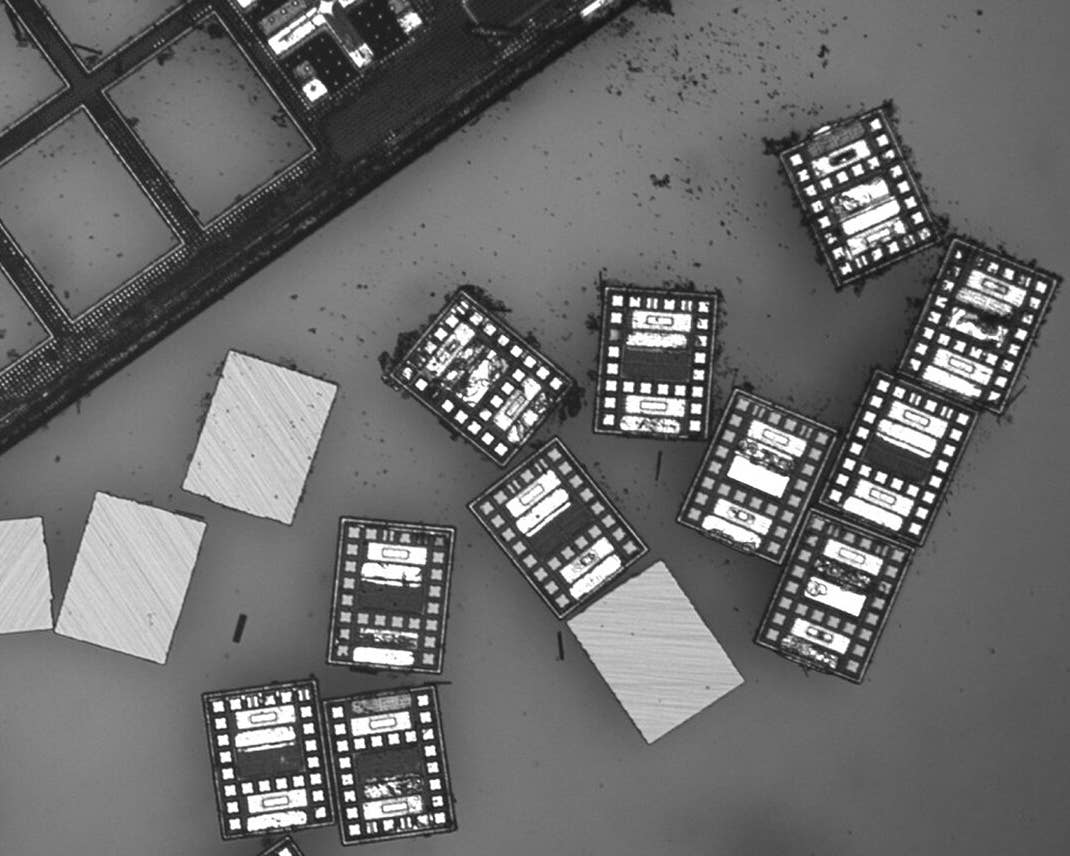iRobot’s RP-Vita Telepresence Robots Start Work At Seven Hospitals

Share
As smart as they are, doctors can’t compete with the volume of knowledge that a robot can retain. In an effort to join the best of both worlds – human experience with robotic data – a number of companies are developing telemedicine robots that not only allow doctors to reach out to patients miles or continents away, but can offer immediate information and advice that draws from volumes of medical research and case studies. In January the FDA approved the telepresence platform RP-Vita, developed by iRobot and InTouch Health. Now seven hospitals across North America have enlisted the services of RP-Vita, bringing us one step closer to robotics-augmented healthcare.
The company recently announced that seven hospitals in the North America are using RP-Vita: Dignity Health, Sacramento, CA; Hoag Memorial Hospitial Presbyteria, Orange County, CA; Providence Saint Joseph Medical Center, Burbank, CA; Ronald Reagan UCLA Medical Center, Los Angeles, CA; St. Mary’s Medical Center, Huntington, WV; Ohio State Wexner Medical Center, Columbus, OH; and Instituto de Salud del Estado de Mexico, Toluca, Mexico.
The telepresence platform will be used by doctors to look in on stroke victims located at distant hospitals. With the push of a button on an iPad the doctors can direct the robot to the patient’s bed. Thirty sensors allow it to navigate the busy hospital hallways, automatically avoiding personnel and obstacles. If need be, the robot can plot an alternate course to reach its destination. Once with the patient, the telepresence interface allows the doctor to check on the patient as if he or she were in the room and determine the right course of action. A two-way video allows the doctor and the patient to see and speak with each other. And with a zoom feature the doctor can read the patient’s chart and even check his or her eyes for dilated pupils.
Be Part of the Future
Sign up to receive top stories about groundbreaking technologies and visionary thinkers from SingularityHub.


![Soon to be a common site, robots will allow doctors at hospitals everywhere to be at two places at once. [Source: UCLA]](https://singularityhub.com/wp-content/uploads/2013/05/irobot.jpg)
Soon to be a common site, robots will allow doctors at hospitals everywhere to be at two places at once. [Source: UCLA]
“During a stroke, the loss of a few minutes can mean the difference between preserving or losing brain function,” Dr. Paul Vespa, director of neurocritical care at Ronald Reagan UCLA Medical Center and a professor of neurosurgery and neurology at UCLA’s David Geffen School of Medicine, said in a press release. “This new advance enables me to concentrate on caring for my patients without being distracted by the need to set up and manage its technological features.”
Telepresence robots are all the rage these days. Homebound students are sending robots to the classroom for them, avatars are showing up at office meetings, and iRobot is just one of several companies attempting to augment doctors’ powers by allowing them to be in two places at once. The telepresence marketplace is one that grows continually more crowded with iPads on wheels. But with RP-Vita’s FDA approval and the tracks it’s now making down the hallways of seven North American hospitals could leave the competition in the dust.
Peter Murray was born in Boston in 1973. He earned a PhD in neuroscience at the University of Maryland, Baltimore studying gene expression in the neocortex. Following his dissertation work he spent three years as a post-doctoral fellow at the same university studying brain mechanisms of pain and motor control. He completed a collection of short stories in 2010 and has been writing for Singularity Hub since March 2011.
Related Articles

These Robots Are the Size of Single Cells and Cost Just a Penny Apiece

Hugging Face Says AI Models With Reasoning Use 30x More Energy on Average

Study: AI Chatbots Choose Friends Just Like Humans Do
What we’re reading
![[Source: UCLA]](https://singularityhub.com/wp-content/uploads/2013/05/image1A4.jpg)